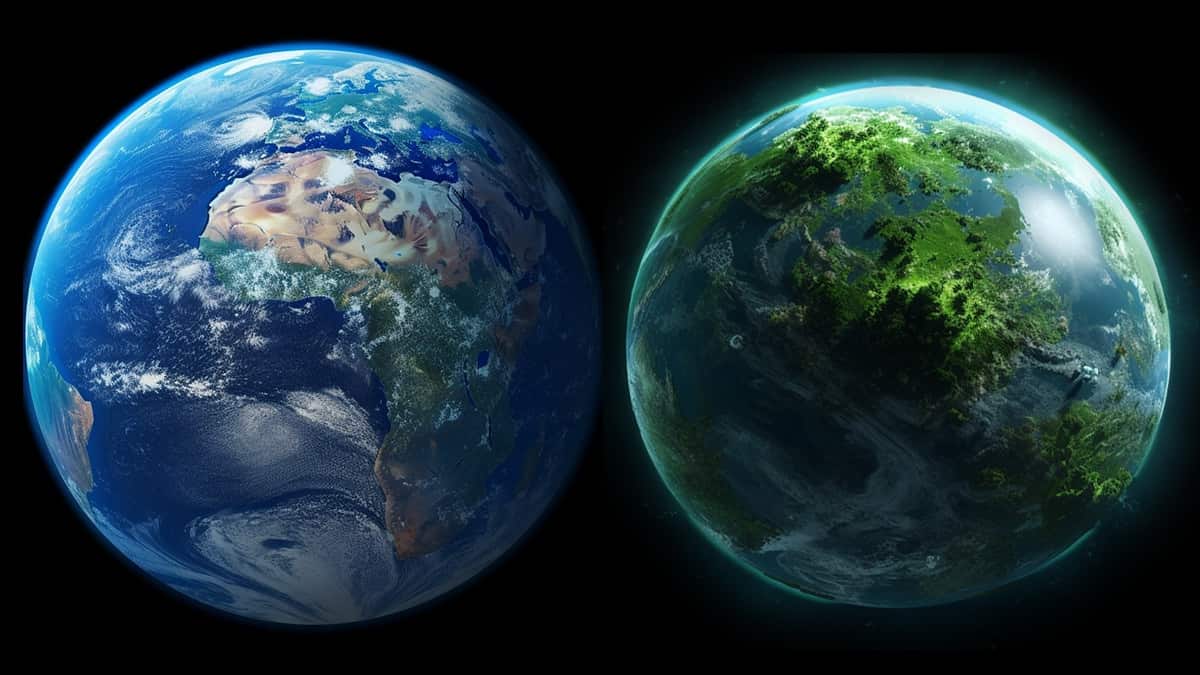NASA has discovered an exciting ‘super-Earth’, named ‘TOI-715 b’, located 137 light-years away in a potentially habitable zone. This planet, approximately 1.5 times larger than Earth, orbits a red dwarf star and presents conditions that could support liquid water, marking it as a prime candidate for further study in the search for life beyond our planet.

Introduction to a New Super-Earth Discovery
The National Aeronautics and Space Administration (NASA) has recently unveiled the discovery of an exoplanet with potential habitability characteristics, located 137 light-years from Earth. This newly identified celestial body, named ‘TOI-715 b’, is approximately 50% larger than our home planet.
Discovery of TOI-715 b: A Closer Look
TOI-715 b orbits a dim, red star and lies within what is considered the ‘conservative’ habitable zone, a region around a star where conditions might be suitable for liquid water to exist on a planet’s surface. This zone is more narrowly defined than the ‘optimistic’ habitable zone, suggesting a higher likelihood of habitability.
Habitable Zone and Conditions for Life
The orbit of TOI-715 b around its host star allows for a temperature range that could potentially support the presence of liquid water, a crucial component for life as we know it. However, for water to actually exist on the planet’s surface, several other conditions must be met, including the presence of a suitable atmosphere.
The Orbital Characteristics and Host Star
Completing an orbit in just 19 days, TOI-715 b circles a red dwarf star. These stars are known for their smaller size and cooler temperature compared to our Sun, which allows planets to orbit closer while still remaining in the habitable zone.
The Role of TESS in the Discovery
The Transiting Exoplanet Survey Satellite (TESS) played a pivotal role in the identification of TOI-715 b. This discovery adds to the growing list of planets in habitable zones that warrant further examination, possibly with the James Webb Space Telescope.
Potential for Further Research
The examination of TOI-715 b’s characteristics, such as its mass and atmospheric composition, will be crucial in determining its habitability. Specifically, scientists are interested in whether TOI-715 b could be a ‘water world’, which would make its atmosphere more detectable and its study more intriguing.
This discovery not only advances our understanding of potentially habitable exoplanets but also opens new avenues for research into the conditions that could support life beyond Earth.
Read Also–
- NASA Plan to Build a Railway System on the Moon
- Curious Asteroid Selam, Spotted by NASA Lucy Spacecraft, Is a Cosmic Toddler
- New NASA Black Hole Visualization Takes Viewers Beyond the Brink
- NASA Mobile Launcher 2: Engineering the Future of Lunar Missions










